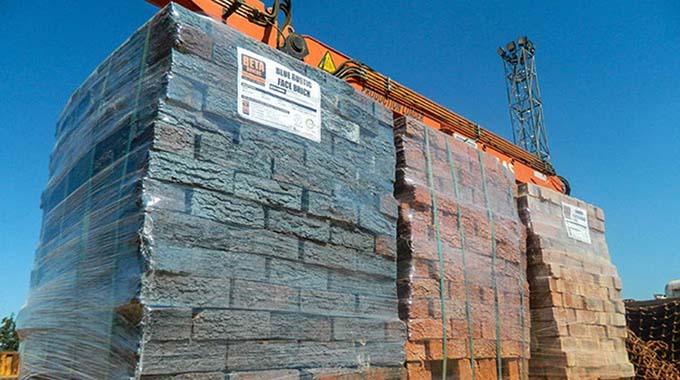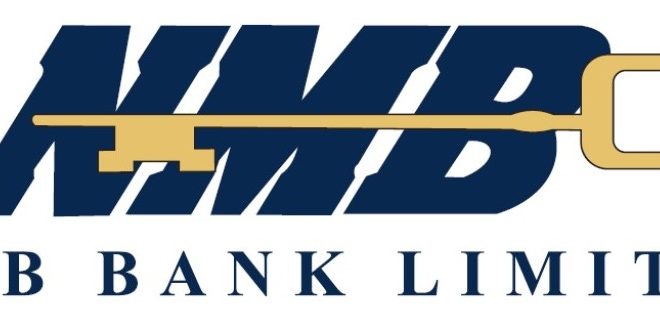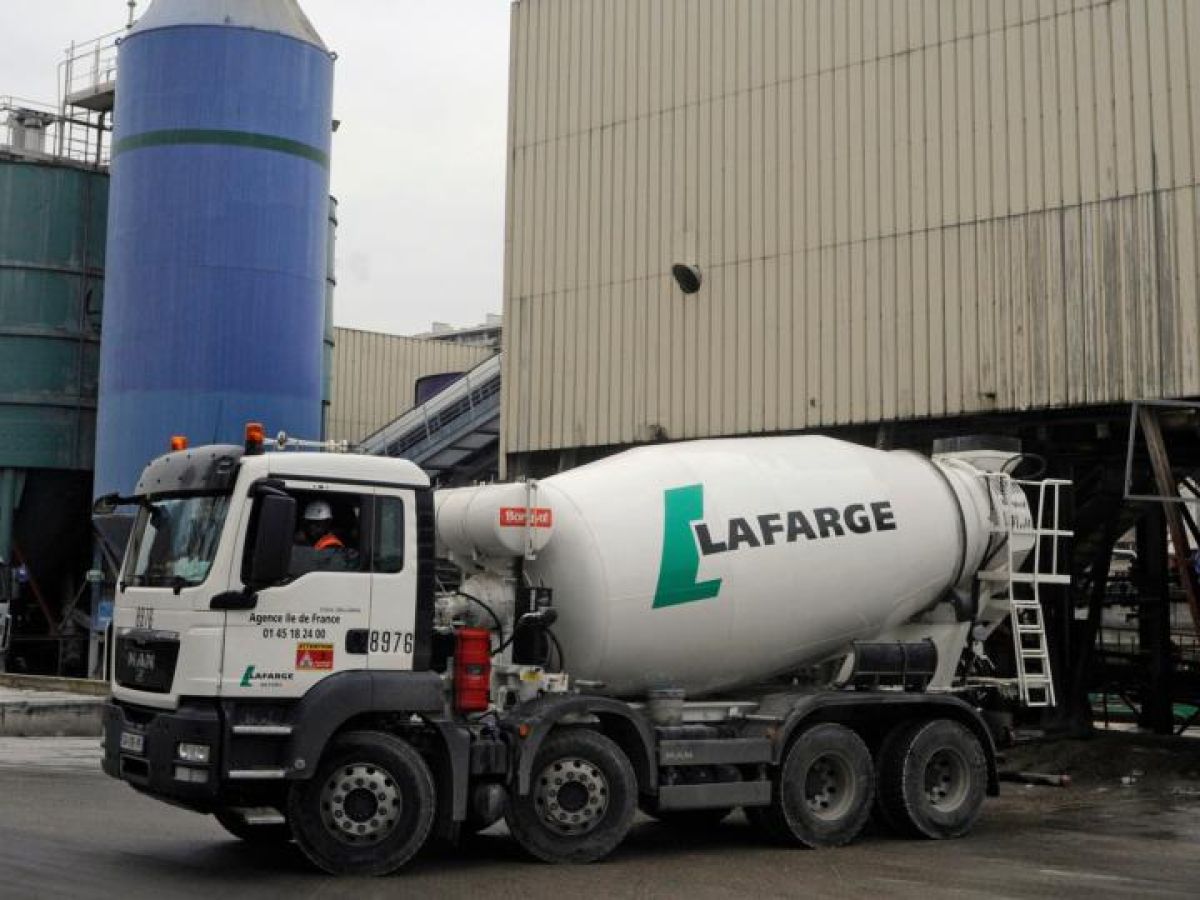Lafarge in strong post-covid-19 lockdown recovery
Cement manufacturing giant, Lafarge Cement Zimbabwe (Ltd) has recorded a strong come back from the Covid-19 induced slow down of business operations as indicated in the company’s half year performance results.
Closing the period with a 27 percent revenue growth and a 9 percent improvement in gross profit margin, the company reported a fair start to the year, recording a marginal 1.4 percent growth in volumes in the first quarter against prior year in spite of a prolonged plant maintenance shut down which encroached the month of January 2020 from December 2019.
The business however, posted a sharp volume decline of 71 percent in April when the country went into the Covid-19 induced total lockdown, but closed the second quarter with a strong 58 percent narrowing of this volume gap as the lockdown restrictions were progressively relaxed and economic activity resumed.
The company therefore closed the half year at 14.1 percent volume decline against prior year, largely in line with market trends. A further narrowing of this performance gap was recorded in the month of July, post the reporting period, to 6 percent against prior year in the same period, indicating a steady post-Covid-19 lockdown recovery for the business.
In a statement issued by the company’s chairman, Mr Kumbirayi Katsande, in the half year condensed financial statements, Lafarge attributed this fair business performance in the current less-than- predictable operating environment to a strong focus on delivering the strategic agenda priorities, agile responsiveness to external factors and consistency in cost rationalisation, innovation as well as efficiency initiatives.
“The same initiatives have resulted in an overall decline in the Company’s operating costs by 10%.” the chairman added.
The company recorded a net profit after tax of ZWL247 million vs a net loss of ZWL57 million prior year, same period. Lafarge reported that operations were weighed down by foreign currency shortages which drove up foreign exchange losses to Z$335 million compared to a gain of Z$5 million in the same period last year.
These foreign exchange losses were mainly owing to the huge foreign obligations accumulated by the company over the last few years .
However, the recent monetary policy changes which allowed businesses to trade in foreign currency have improved foreign currency inflows for the company and the company has made significant strides in settling its foreign obligations.
A combination of the revenue growth and reduced costs resulted in the company turning an operating profit of Z$14 million compared to a full year loss of Z$136 million in 2019.
In order to mitigate the financial impact of the effects of Covid-19, the company launched an action plan focusing on “HEALTH, COSTS & CASH”.
Under this plan, the Health of employees, their families and the company’s stakeholders remain top priority and a number of systems have been set up to ensure sustained wellness for all during and beyond the Covid-19 period.
In addition to the robust prevention programme and case management protocol instituted by the company for employees, the company reported that it also supported local health centres with various personal protective equipment and sanitising chemicals to support local frontline efforts in the management of the pandemic.
Lafarge also put in place systems to protect customers from Covid-19 by accelerating the adoption of its online retail platform, Lead Retail.
Through this facility, customers have been able to make purchases remotely and approximately 80% of the company’s current sales volumes have being processed through this platform.
On the environmental performance, the business reports that it suffered a setback following a surge in emissions experienced during the trial of alternative fuels, post the reporting period between July 31 and August 2, 2020. This led to numerous stakeholder complaints, and subsequent temporary closure of Kiln operations by the Environmental Management Agency (EMA) on the 11th of August 2020.
Following a series of investigations by EMA, the company was allowed to resume kiln operations subject to a number of operating conditions on August 13, 2020. The company has since been making progress on its commitments to manage both fugitive dust and emissions and is constantly updating the regulator and community stakeholders on the developments on these actions.
Meanwhile, Lafarge reported key progress milestones in its three pronged capital expansion project comprising of alternative power supply aimed at improving kiln efficiencies, the automation of the Dry Mortar Mix Plant and doubling of cement capacity through the installation of a Vertical Cement Mill.
The alternative power project was concluded in 2019 with the investment in a 3mega watt generator. In the first quarter of 2020, a ground breaking ceremony was held for the installation works for the Dry Mortar Mix plant procured from Turkey. The project is currently on course albeit delays incurred during COVID-19 lock-down period. Installation is expected to be concluded in the last quarter of the year. In August 2020, the company signed a supply contract for the Vertical Cement Mill with CBMI of China. Actual installation of the plant is set to commence in the first quarter of 2021.
This expansion project which was granted national project status by the Government of Zimbabwe, is set to improve efficiencies in the business and will grow the capacity for dry mortar products by over 700% while doubling the capacity for cement production.










